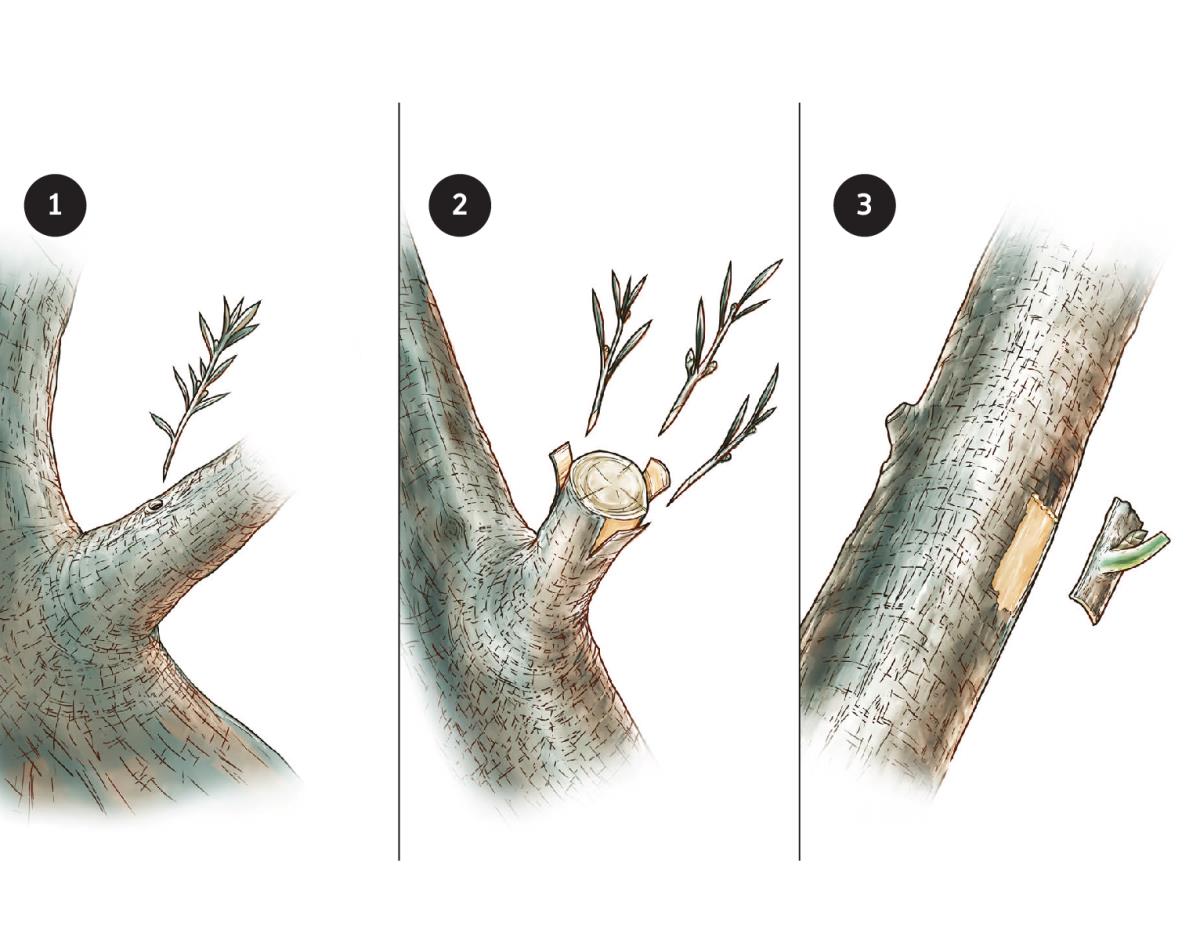The content displayed below is for educational and archival purposes only.
Unless stated otherwise, content is © Watch Tower Bible and Tract Society of Pennsylvania
You may be able to find the original on wol.jw.org

Grafting an Olive Branch
The practice of grafting was common in Bible times. It normally involved joining a shoot or a twig of a tree known to produce good fruit with the stock of a tree bearing inferior fruit in order to improve the quality of the fruit produced by that tree. The apostle Paul alluded to the practice of grafting in the illustration he gave regarding an olive tree. (Ro 11:17-24) He compared spirit-anointed Gentile Christians to wild olive branches grafted into a “garden olive tree.” (Ro 11:24) A first-century C.E. Roman soldier and farmer named Lucius Junius Moderatus Columella, who wrote about a variety of agricultural subjects, specifically mentioned such a technique. For healthy olive trees that failed to produce fruit, he recommended: “It is a good plan to bore them with a Gallic auger and to put tightly into the hole a green slip taken from a wild olive-tree; the result is that the tree, being as it were impregnated with fruitful offspring, becomes more productive.” Paul’s illustration was a vivid reminder that all spirit-anointed Christians, whether Jews or Gentiles, should be united. (Ro 2:28, 29; 11:17, 18) Shown here are different grafting methods that may have been used in the first century C.E.
1. A hole is bored in the side of a branch, and a slip from another tree is inserted
2. Slits are cut into the end of a branch, and multiple slips are inserted and bound in place
3. A patch is cut out of a branch, and a slip attached to a piece of bark is bound into the opening
Related Scripture(s):